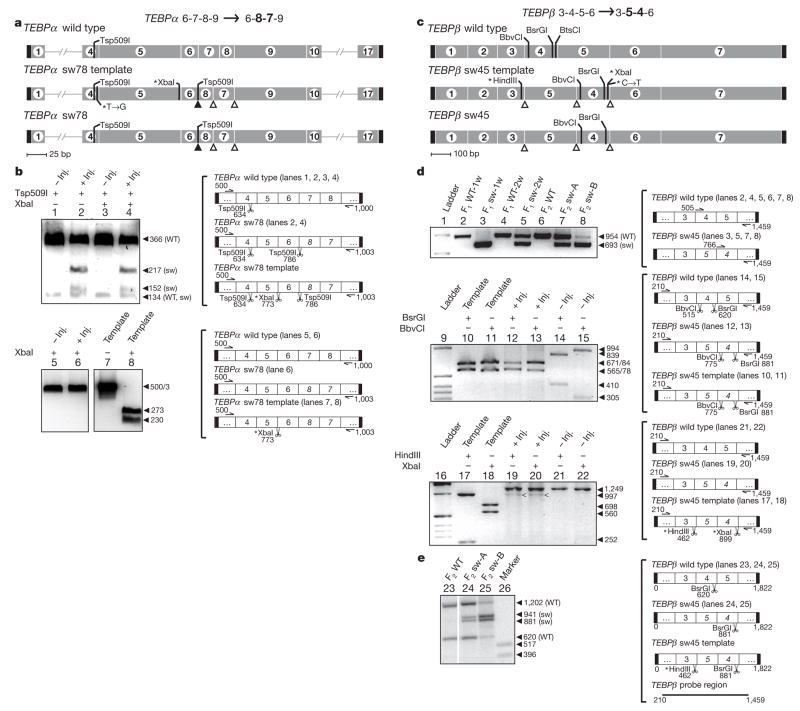Figure 3. Microinjection of alternative DNA templates produces alternatively rearranged chromosomes.
a, Top, wild-type TEBPα macronuclear chromosome (labelled TEBPα wild type) with segments 1–17 colinear; middle, microinjected TEBPα template designed to switch (sw) the order of segments 7 and 8 (TEBPα sw78 template); bottom, map of resulting macronuclear product (TEBPα sw78), to scale. Asterisks, point mutations in synthetic templates; black rectangles, telomeres; open triangles, cryptic pointers to switch segment order; filled triangle, an unspliced 5 bp IES (see Supplementary Fig. 1). b, Left, PCR and restriction analysis of DNA microinjection products (ethidium bromide staining). Inj., injected. Right, single-sided arrows, PCR primers (in bp); scissors, restriction sites (in bp). Lanes 1–4 show presence of wild-type (WT) macronuclear product as well as a product from microinjected cells with segments 7 and 8 switched (TEBPα sw78; lanes 2, 4). Lanes 5–8 distinguish the microinjected template (lanes 7, 8) from the macronuclear product (lanes 5, 6). c, Top, wild-type TEBPβ macronuclear chromosome (TEBPβ wild type) with segments 1–7 colinear; middle, microinjected template designed to switch the order of segments 4 and 5 (TEBPβ sw45 template); and bottom, map of expected macronuclear product (TEBPβ sw45). d, PCR and restriction analysis of DNA microinjection products. Lanes 1–8 use a simple PCR length assay for the presence of a smaller product when the order of segments 4 and 5 has been reversed (lower band): one week (F1 sw-1w) and two weeks (F1 sw-2w) after microinjection, as well as the putative F2 generation (epigenetic inheritance was also observed for putative F3, see Supplementary Fig. 2; 1 kb DNA ladder (Invitrogen)). F2 sw-A and F2 sw-B are the asexual progeny of two independent conjugating pairs in the F1; sw indicates injected cells or their progeny and WT indicates wild-type non-injected controls. Lanes 9–15 confirm the presence of the macronuclear product in which segments 4 and 5 are switched (TEBPβ sw45) in F1 (one week post injection). Lanes 16–22 distinguish the microinjected template from the F1 (one week) macronuclear product; arrowheads in lanes 19 and 20 point to aberrantly rearranged molecules lacking segment 5. e, Lanes 23–26, HindIII and BsrGl Southern analysis of total DNA extracted from the putative F2 generation.

